Blog 10
Initially I had expected to learn about different cultures’ psychological perspectives and how it compares to western psychology. Throughout the course, I truly believe I’ve gained that knowledge. There was an article/journal that was assigned to read about an Asian mother and daughter, and how the mother pushed her daughter to learn a certain piano musical piece. It was intriguing analyzing the mother’s parenting skills as I compared it to my culture’s (African American) typical parenting approaches. I was able to gain a deeper understanding on why some cultures have certain social norms and even different lifestyles, that works within their society. There was not much of an attitude change in throughout the semester for me, I remained curious and eager to learn more about the topics assigned. If I took the course again, I definitely would spread out my readings/activities throughout the whole week. A skill that I gained throughout this course is how to represent my learning visually. Being able to use symbols/object/images to explain difficult topics/concepts, can be especially useful when sharing said topics to the public (or those who are learning the concepts for the very first time). The image I chose, represents how I receive information. It is like an organized, chaotic, influx of information at one time.

Blog 9
The top three topics I learned in this course was :SDT Theory, socially engaging/disengaging emotions, and intercultural sensitivity. The concept of intercultural sensitivity applied to my ATA3 (and also ATA1) . In my ATA3 I discussed the blog from Imani C. from Temple University. In this, blog she wrote about her study abroad trip in Ghana. She exhibited intercultural sensitivity during her trip, as she compared her American culture to the culture of Ghana. She acknowledged how she felt at home even though she was in a foreign country. She especially underscored the “easy-going” attitude the people of Ghana have.
Piaget’s four stages of cognitive of development is a concept that is discussed in this course as cultural and developmental processes, in Child Psychology it is more so acknowledged as how children acquire knowledge as a whole, as opposed to the cultural aspect of the concept.
My representative image is a graphic organizer. It is easier for me to understand concepts when I can relate them to other concepts I’ve already learned.
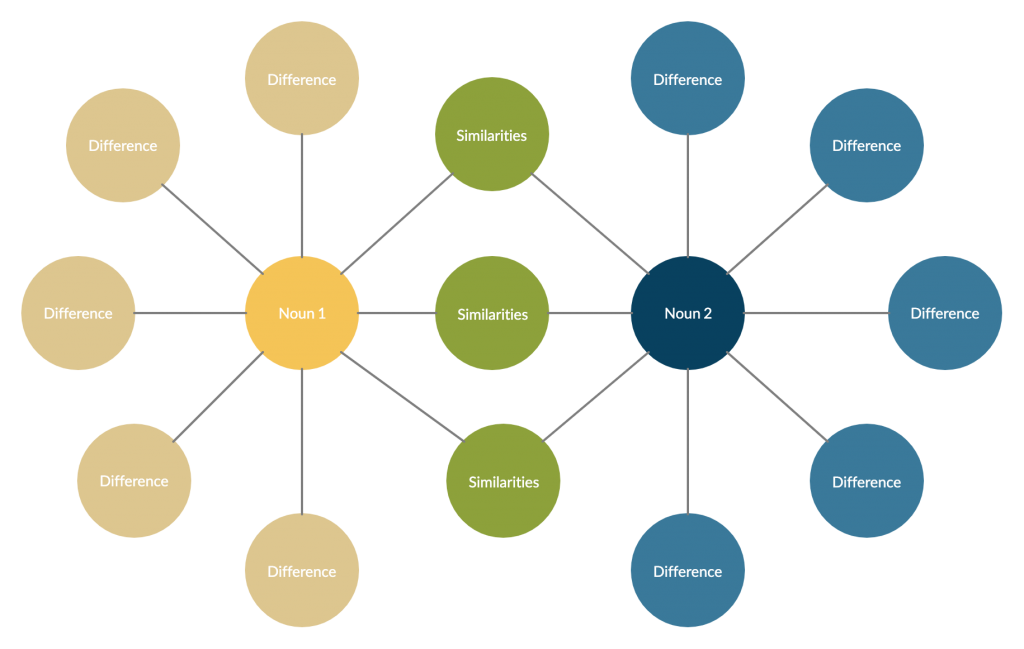
Blog 8
A big difference I’ve noticed culturally, is how people of different cultures greet each other. As an American, we greet each other with a wave or hand shake, if we know the person personally a hug might be given too. In many Middle Eastern cultures, it’s a norm to kiss each cheek of the person when greeting them. How you greet someone, shows your respect for them.
When I go to Asian owned restaurants/businesses , I usually smile at them when greeting , however; most of the time they greet people respectively, but without emotion. People from African cultures seem to be more joyous in everyday conversation, and smile more often than not. The behaviors of the other cultures, weren’t expected but they still seemed normal.
Rules of cultural display can definitely explain why, the difference of expression seemed normal to me. Each culture has their rules of deamplification and amplification. Universality does help explain some of my experiences because most cultures have the same facial expressions when expressing an emotion. Between cultures it is just the difference of how much we express our emotions physically.
I chose this image because I think the eyes show the most emotion on the face, and this included expressions from different emotions.
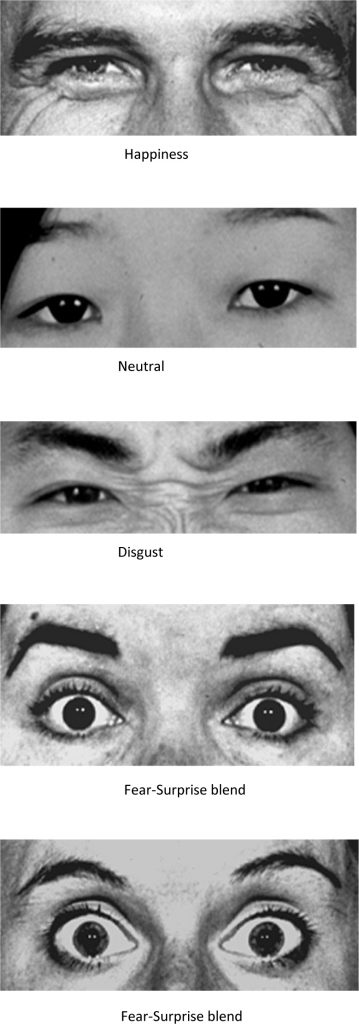
Blog 7
Fairy Tales do promote shared values and morals from that are deemed normal in cultures. In fairy tales such as Snow White, Sleeping Beauty, and Cinderella, a norm that underscored is the woman is a damsel in distress and that a man/prince must come to her rescue for it to be a happy ending. This promotes a norm that women need men to do the rescuing, and that men need to ” strong ” and “heroic”. In Cinderella, she is somehow “saved” from her evil stepmother and stepsisters because the Prince likes her. In my opinion it makes her character look weak, and that she cannot save herself in the face of danger (which can correlate to how some men might view women in the same regard).
The Princess and The Frog (2009 version) positively influenced me. It showed that even though Tiana had a love interest of sorts, that was not her identity, and did not erase her individuality as a Black business woman in the south. She did not depend on any other person to save her, and did what needed to be done to create her own happily ever after. These reasons are why I chose the image below. Tiana is happy doing what she loves, and that’s what makes her the best princess.
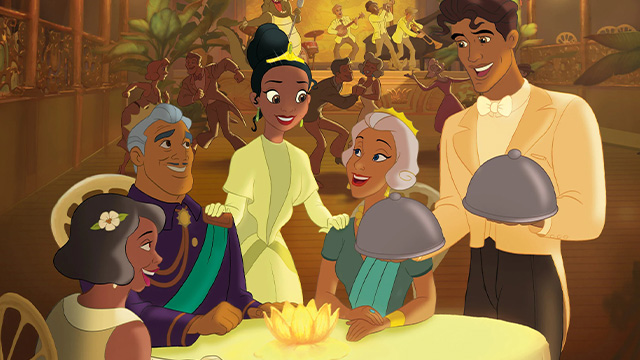
Blog 6
My take from the SDT theory was what exactly motivates and maintain that motivation for people. According to Ryan and Deci the catalyst for motivation is either in intrinsic or extrinsic. However in the pdf there was more justification on the individualism of people directly correlating to their achievements. An example of how I satisfy my needs for competence, autonomy, etc is how I go to the gym and am usually on a diet of some sorts. I value being able to be active without tiring so easily, I also enjoy looking my best physically.
The image I chose represents the main way I satisfy my SDT needs.

Blog 4
After doing this activity, I have concluded that I am more independent than interdependent. Statements 1,3,4,5,8,9 and 10 all are associated with independent construal of self. Statements 6&7 are associated with interdependent construal of self. It was easier for me to find proverbs that promote being independent versus interdependent. In American culture, it is pushed to be your own person and there is a promotion of individualism that can be seen even in elementary schooling. I think there is a negative connotation with being just like everyone else, or being a follower.
The image I chose represents me and how I would describe myself.

Blog 3
On the first exam I got a 96/100. I missed two questions out of fifty. The way I prepared for this exam was by going over all of my postings on my websites, reviewing notes, and going over all the articles/activities to make sure I understand the majority of the content. The first question I missed was ” A child in the concrete operational stage but not in the preoperational stage will understand:” , and I chose the answer “how to think logically about abstract concepts”. At first I did not understand why this answer was incorrect. Now that I looked over it I see that I did not pay close attention to the “abstract concepts” portion of my answer. Being in the operational stage children are able to think logically about concrete concepts, not abstract concepts. Children think logically about abstract concepts in the post operational stage. Doing this process is reiterating that I need to make sure I fully understand what the question is asking, what the answers are saying, and if those answers are true.
My final question that I got wrong was ” Which statement is correct in terms of extended and multigenerational families?” . My answer choice was “In the United States, multigenerational households have been steadily decreasing in the last decade” , which now looking back on it, I’m not sure why I picked that answer choice. This answer choice is false because the households are increasing not decreasing.
I took a picture of my notes because that is the main item I use to study, especially using different colors pens really help me remember certain concepts.
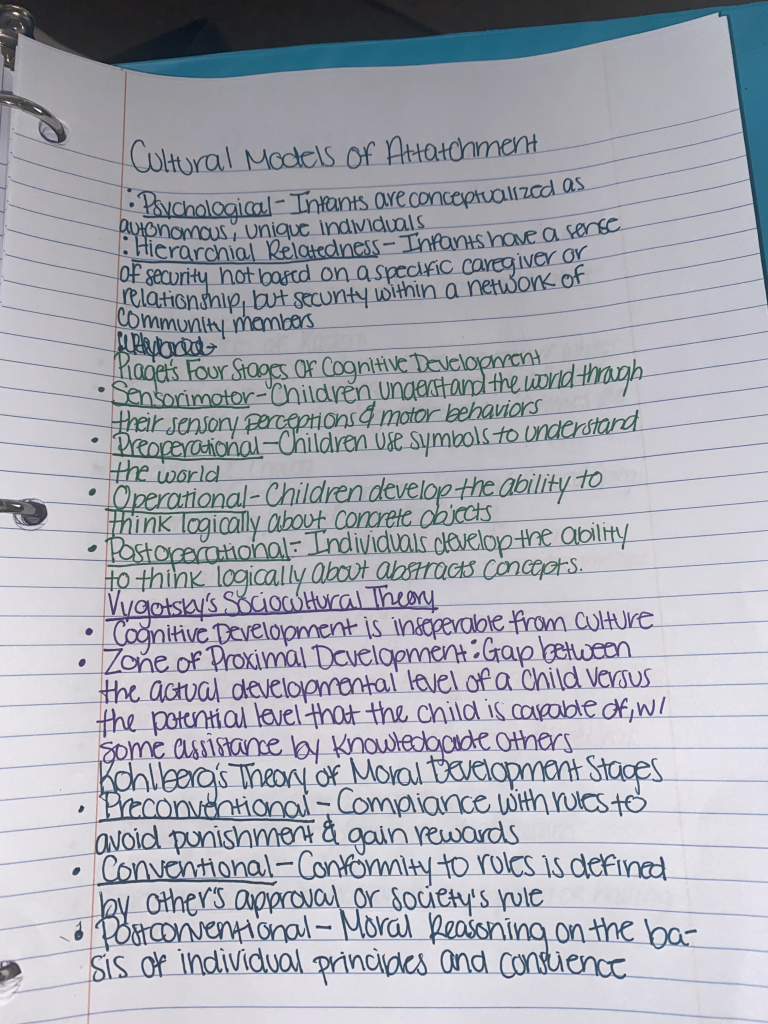
Blog 2
For the NEO summary activity, I think my personality was pretty consistent with my scores on the T-Score. I had the highest scores for agreeableness, conscientiousness, and extraversion. I would not necessarily say that I scored low for neuroticism and openness, but they definitely weren’t the highest in comparison to the three previous categories. An example of how my personality doesn’t fit neuroticism, is how calm I am when I’m in a stressful situation. If my personality did fit this category I would struggle under pressure and make irrational decisions. An example of how my personality does not fit openness, is how I am typically closed off emotionally, and don’t give too much attention to my inner emotions. For agreeableness, an example of how my personality does fit in this category is how I am very helpful to people and have an altruistic attitude. For extraversion, more than less I am an active person and like talking to people. I’m very good at keeping a conversation going, and my personality fits very well in this category. Conscientiousness definitely fits my personality, as I am a planner and need to have organization when doing almost anything in life.
My image is the word it out cloud, and has all the adjectives that I think most describe myself.
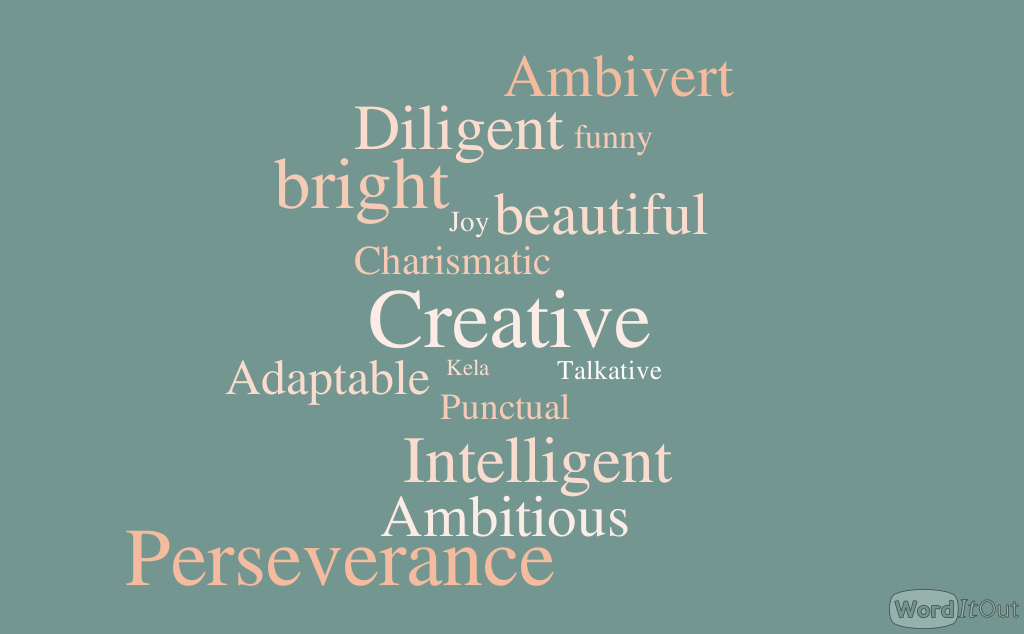
Blog 1
I hope to gain a deeper understanding of people in different cultures and how their psychology differs to western psychology. I intend on keeping up with my assignments, taking notes on the power points, and relating topics to my personal experiences, in order to fully grasp concepts in this course. With this I hope to get better with time management and prioritizing which assignments to do first, and not doing the all in one day.
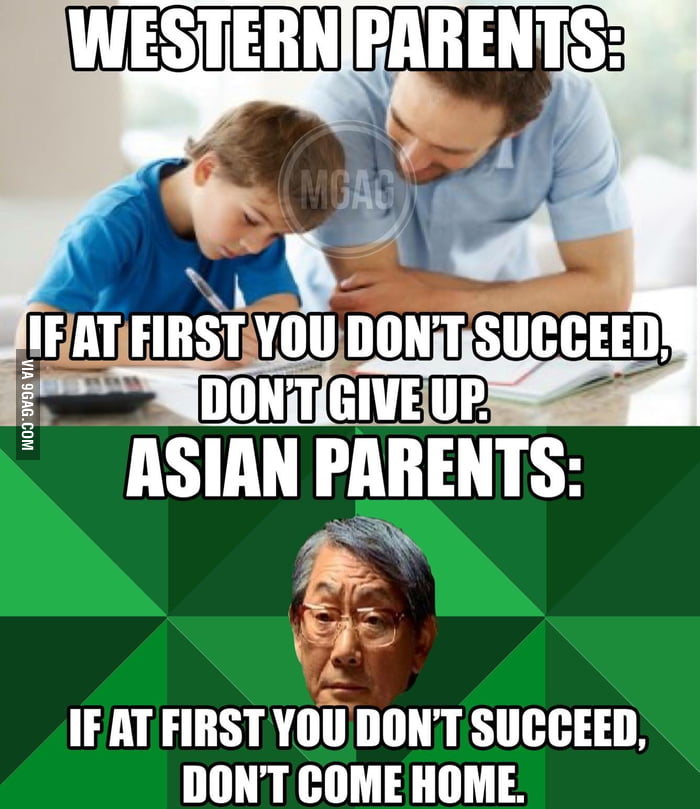
This photo was obtained from https://9gag.com/gag/ao2PE1X
